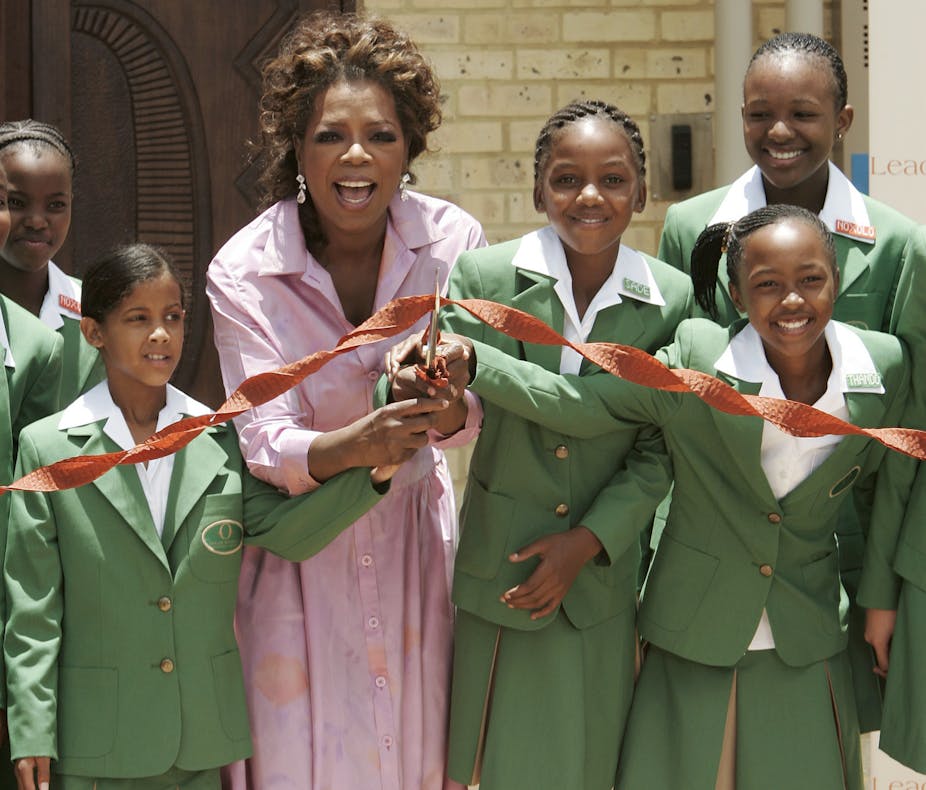Educational research shows clearly that four variables are essential for excellent education. They are: prioritising teaching and learning; a good partnership between home, school and community; excellent school leadership and teachers who are learning all the time.
While coveting this level of education for their children, parents also have to consider their budgets. The cost of both public and private education in South Africa rose by 9.3% in March compared to the previous year, far outstripping headline inflation of 4% year-on-year for the same month.
As in other parts of the world, fees for private schools can be anything up to 10 times higher than for public schools. One estimate suggests that it costs more than double to put a child through South Africa’s private school system.
The questions for all parents, particularly in a tough economy, is: is it worth it? How much should they be spending to secure a good education - and job prospects - for their children?
The South African schooling sector is large, complex and unevenly distributed in terms of the communities it serves. There are public schools, faith-based schools, secular, corporate and low-fee private schools. Parents home school their children or send them to single sex institutions. Others choose co-ed schools and some dig deep into their pockets to pay for high-fee private schools.
The relationship between cost and results
Where are parents getting the best value for their money - that is, securing their children a top quality education?
One measure of success is whether children are completing their school years with qualifications that enable them to enter university. The data suggests that the size of the school fee is not a determinant. While there’s a huge difference in cost, there is little difference in outcome.
Many of South Africa’s top performing schools are government-funded public entities. In the country’s economic hub, the Gauteng province, the top performer is a public school, Afrikaanse Hoer Meisieskool (Afrikaans High School for Girls).
Ninety-six percent of its matriculants qualified to apply for university study at the end of 2014. This is the highest qualification a school leaver can earn in South Africa. To send a child to the school for one year costs around R26 000.
Roedean, also in Gauteng, is a private school for girls. Of its 2014 matriculants, 99% performed well enough to qualify for a university application. A year at Roedean costs four times more at R108 000.
Not all public schools are equal
The comparison between public and private schools masks a much bigger challenge. There is a negligible difference between well-resourced public schools in middle and upper middle class areas and their counterparts in the private sector.
But these high-performing public schools are the exception, not the rule. There is a great amount of variation in the quality of education and in the country’s public schools. About 80% of the 30 000 government-funded primary and secondary schools are not performing well. This means that the majority of the 11 million children enrolled in South African schools are attending under-performing institutions.
In the long run, graduating from a private or excellent public school will equip your children well. But by failing to advocate for a good education for all, South Africa is losing out.
A well-educated population can boost the country’s GDP significantly. Good education across the board can also help reverse inequality, which is crucial in a country with a bruising history of racial and economic prejudice.
Excellent education is inherently valuable both for individuals and for society as a whole. It yields benefits, such as producing active and critical citizens, that go beyond the cost of the investment. But to be beneficial, education must be of a high quality for all. When the quality is weak, education actually loses its value for the majority of children.

